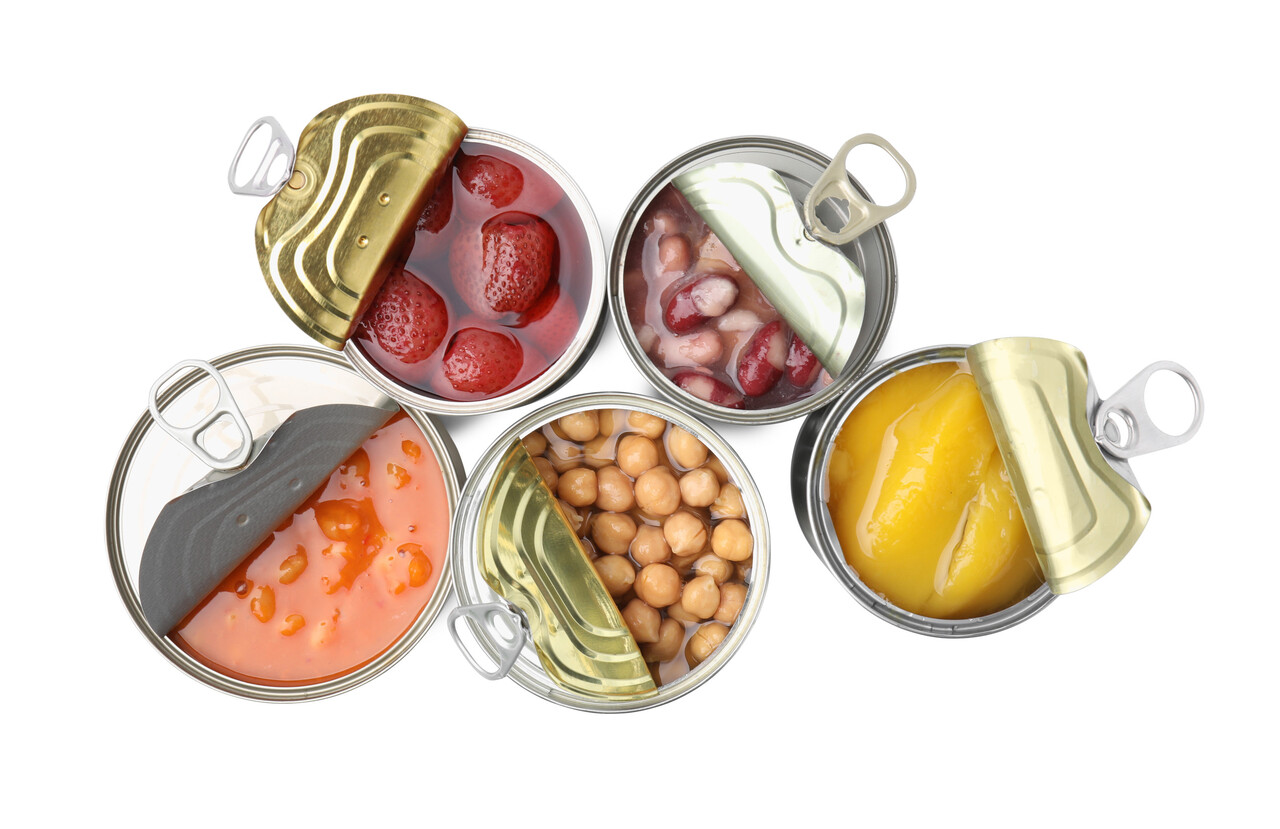10 Shrinkflation Fails Every Shopper Should Know About

Shrinkflation has become one of those tricks that sneaks up on you when you least expect it. You grab a product you trust, only to notice it feels lighter or looks smaller, even though the price sits right where it was before. Once you start paying attention, you see how often brands try to stretch their margins by trimming portions, resizing packaging, or removing a few pieces from a box. The good news is that you can spot these moves once you know what to look for and stay in control of your budget.
1. Potato chip bags with more air than chips

Some chip makers quietly cut the amount inside each bag while keeping the same size pouch, so you assume nothing changed until you open it and feel the disappointment. You pay full price for less weight, and the only way to catch it is by checking the net weight printed on the front. You stay ahead by comparing familiar brands often, since small drops add up fast. It’s one of the easiest shrinkflation tricks to miss because the outside looks the same every time you buy it.
2. Cereal boxes that stay tall but lose volume
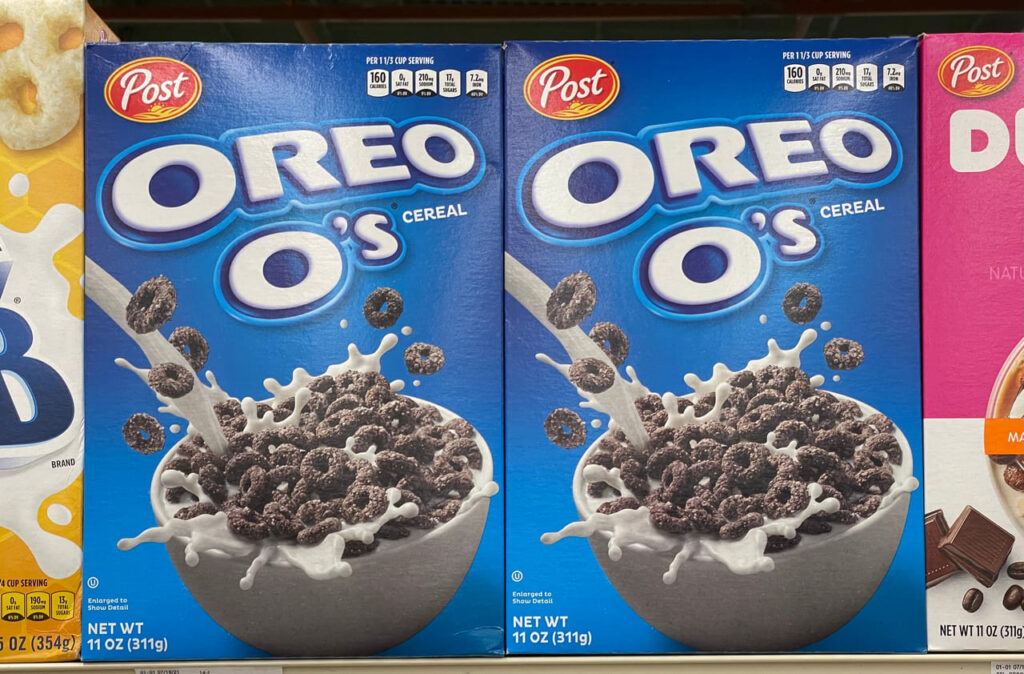
Cereal companies often reduce the number of ounces in a box while keeping the design identical, so the size looks unchanged on the shelf. You notice it only when the cereal settles lower in the bag or the box feels oddly light. This tactic works because you don’t usually memorize weight differences from purchase to purchase. When you check the label before buying, you avoid paying more per bowl without realizing it. It’s a simple habit that lets you spot one of the most common shrinkflation moves in grocery aisles.
3. Toilet paper rolls with fewer sheets

Toilet paper brands regularly shave off sheets per roll while marketing the same number of rolls, banking on the fact that you rarely count them. The roll often looks full thanks to tighter winding, which hides the missing layers. You end up replacing rolls more often, and the change eats into your budget slowly. The best way to catch it is by checking the sheet count rather than trusting terms like mega or jumbo. Once you compare a few brands, you can see how much the sheet count drops from year to year.
4. Candy bars that shrink by a few bites
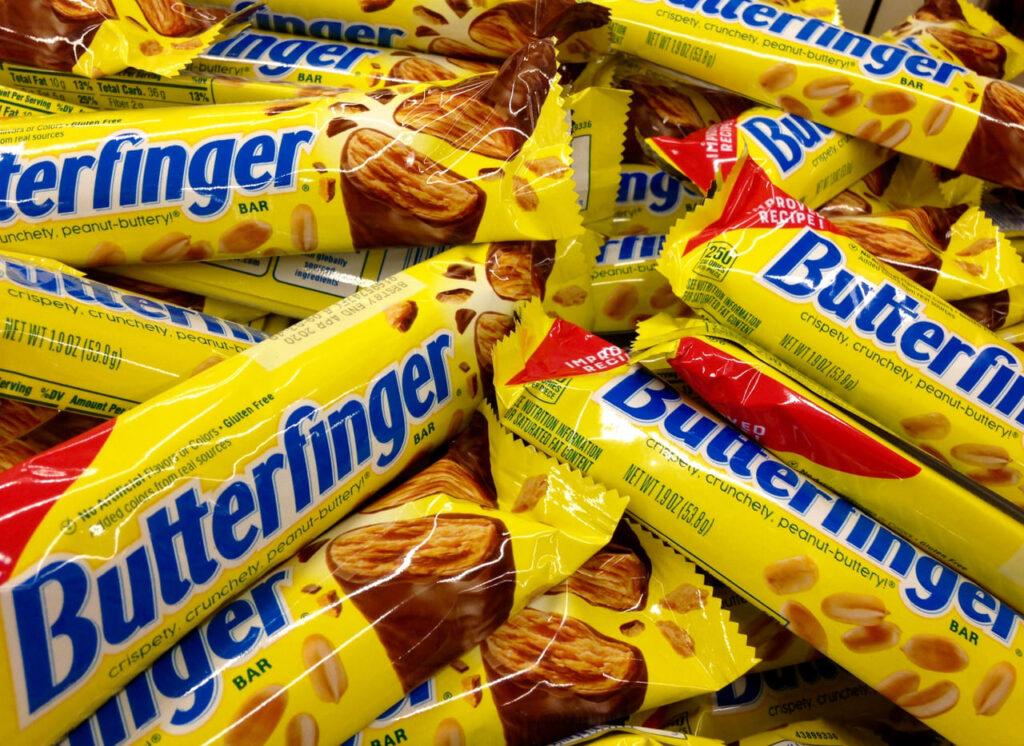
Candy makers know you expect a certain size, so they often trim a little from each bar while keeping the wrapper nearly identical. You buy it thinking it’s the same treat, then notice it disappears faster than before. Because candy is an impulse item, you don’t pause to check the net weight, which makes the change easy to miss. When you compare older and newer bars side by side, the reductions become obvious. Paying attention to the label helps you avoid overpaying for smaller portions disguised as the same product.
5. Yogurt cups with less fill under the same lid
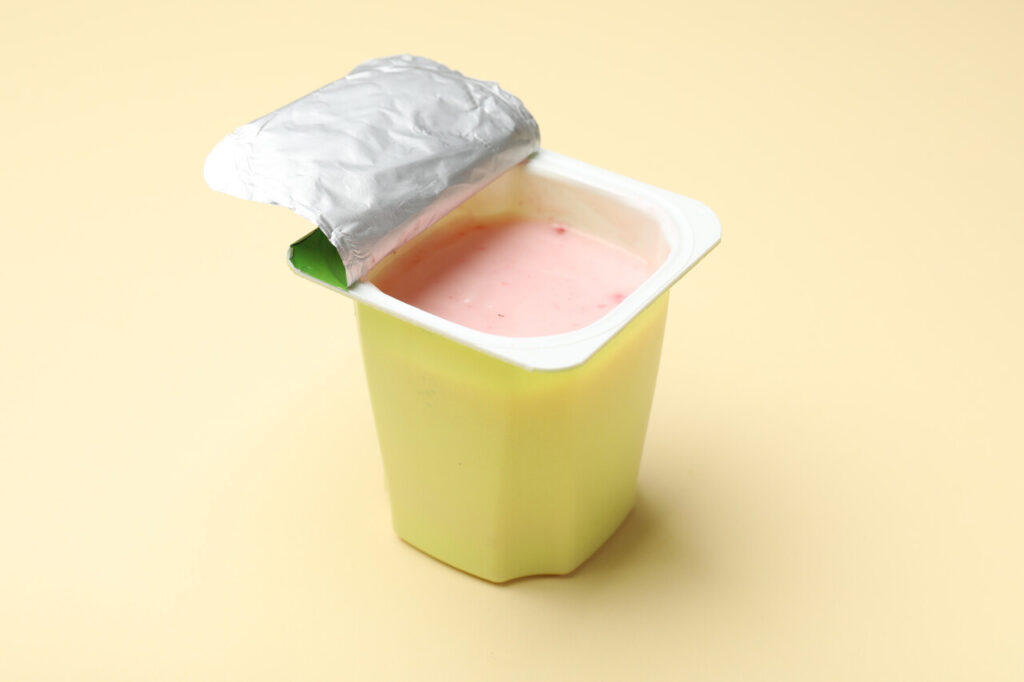
Some yogurt brands reduce the amount inside without adjusting the cup height, so the container looks unchanged even though the fill line sits lower. You don’t notice until you peel the lid and see extra headspace that wasn’t there before. It’s a subtle shift that lets companies maintain pricing while offering fewer ounces. Checking the printed weight helps you catch these reductions before they hit your breakfast routine. Once you make it a habit, you can avoid brands that rely on quiet downsizing to protect their margins at your expense.
6. Ice cream tubs that get narrower
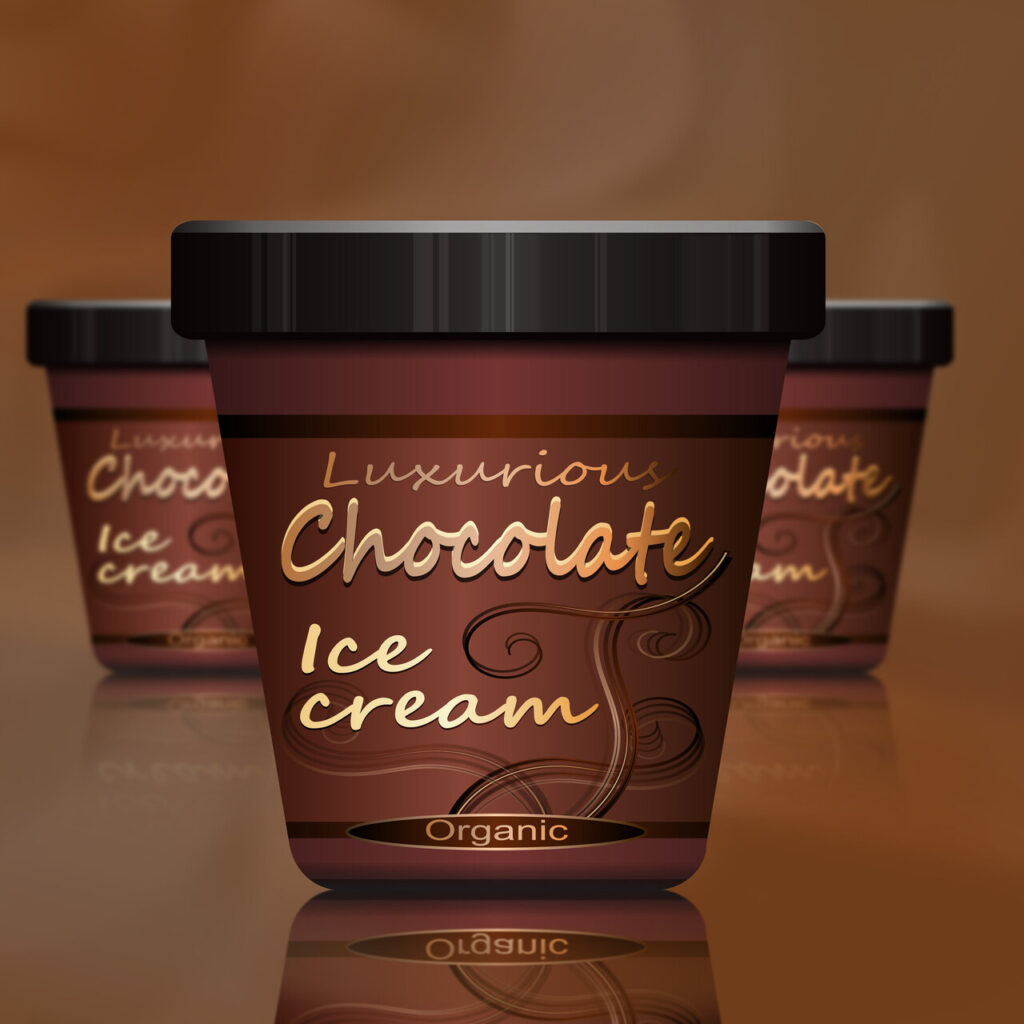
Ice cream makers sometimes slim the container shape so it holds fewer ounces, even though the height and branding stay the same. You assume you’re getting the same amount until the serving count drops faster than expected. The tubs look familiar enough that the change blends in easily. A glance at the ounce label lets you see whether you’re paying more per scoop. When you track a few favorite flavors, you start to notice how often these reductions appear, and you can switch brands that offer a fairer portion.
7. Cleaning sprays with more water in the mix
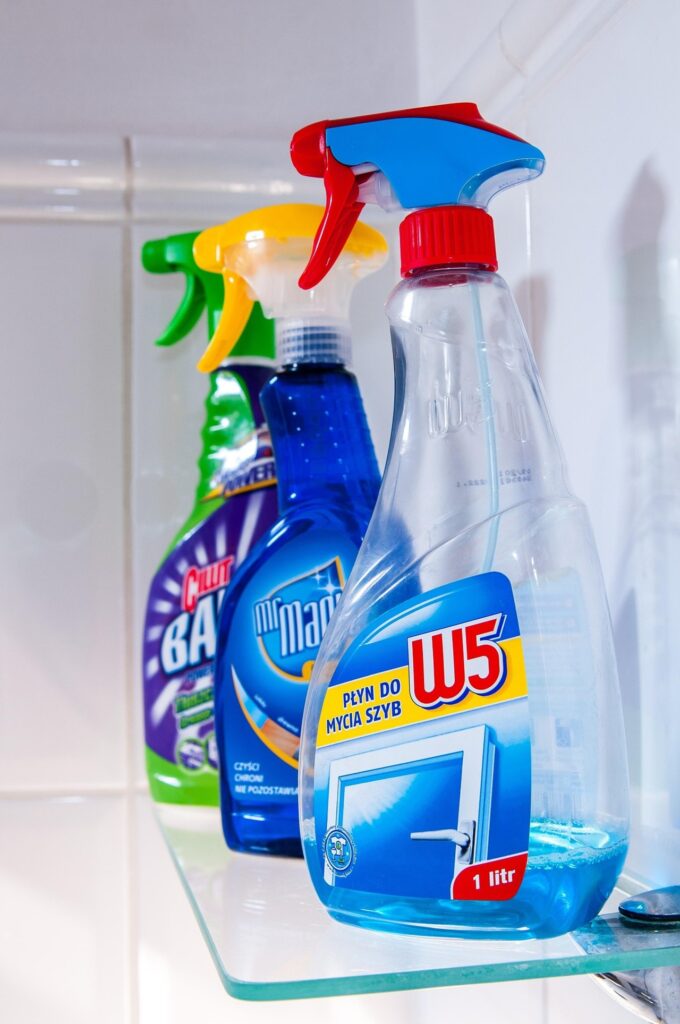
Some cleaning products stay in the same bottle but dilute the formula slightly, leaving you with weaker results that force you to use more. You pay the same price for a product that doesn’t last as long, which is a different angle on shrinkflation. The bottle looks unchanged, so you might not realize what happened until you notice you’re restocking sooner. Checking the concentration claims on the label or comparing usage between brands helps you avoid paying for diluted formulas. It’s an easy way to stay ahead of silent cutbacks.
8. Snack packs with fewer pieces
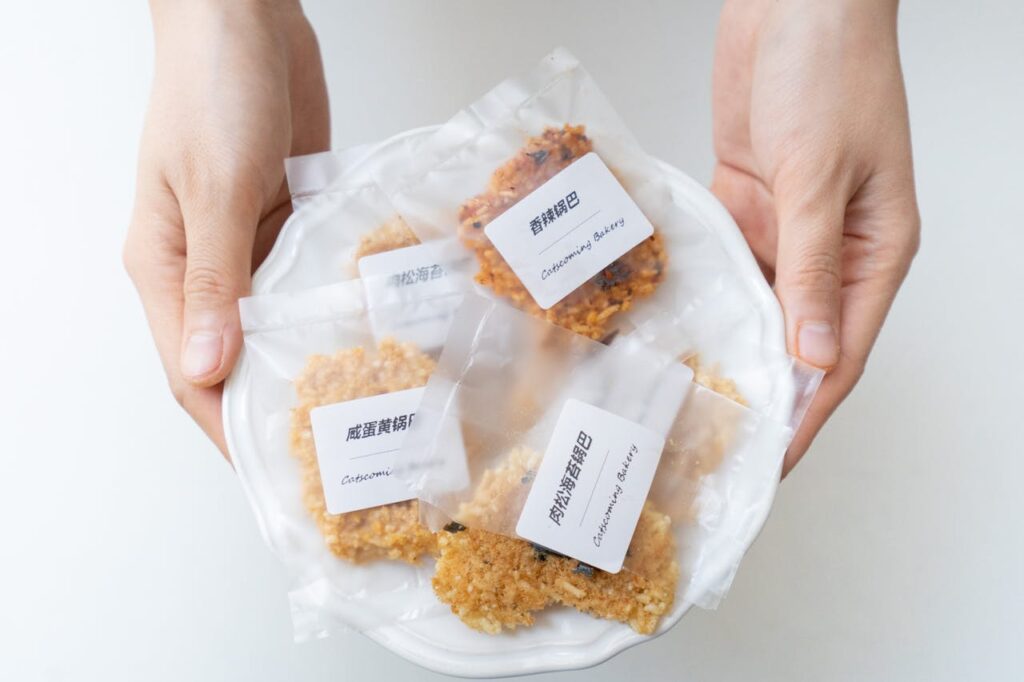
Pre-portioned snacks often lose a piece or two per pack while the outer box stays unchanged. You grab the familiar pack expecting the same quick bite, but finish it faster because the portion shrank quietly. Brands rely on the fact that most people don’t count the pieces in each bag. When you keep an eye on the listed serving sizes and weight, you can catch these shifts before they hit your lunch routine. It’s a simple way to avoid spending more for less without realizing the size has changed at all.
9. Pasta boxes with less weight for the same price
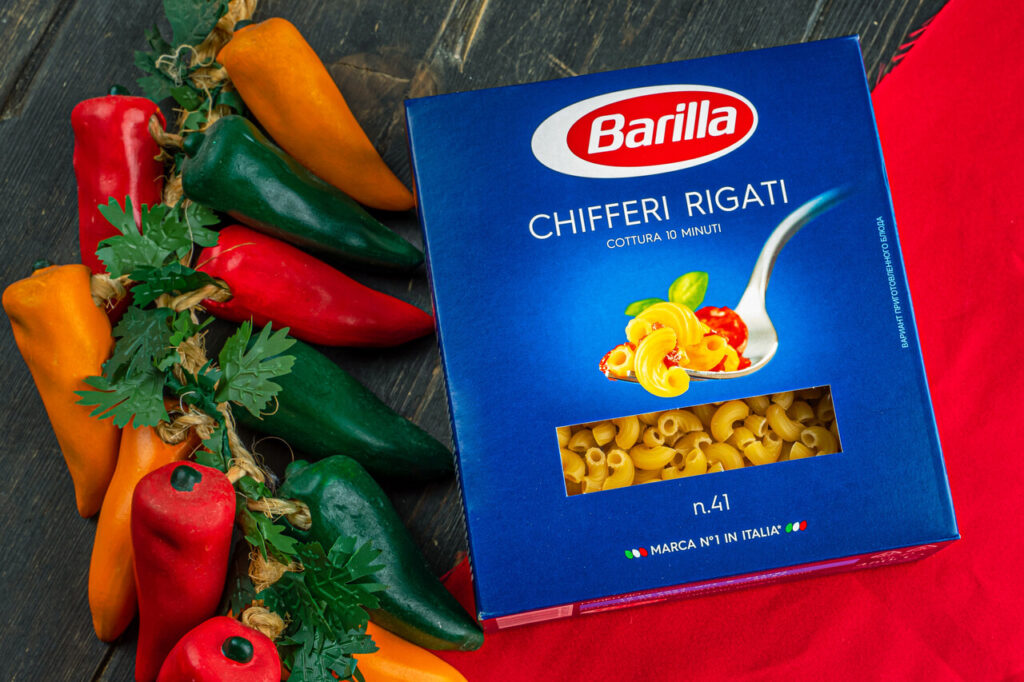
Some pasta makers reduce the weight from a full pound to a smaller amount without altering the box dimensions. You might not notice until a recipe seems short on servings or the box feels unusually light. Because pasta boxes look identical across brands, this trick slips by easily. Checking the ounce count takes only a second and helps you spot any reduction before buying. Over time, you’ll notice which brands keep cutting and which stay consistent, letting you make choices that protect your budget.
10. Body lotions with thicker formulas but smaller amounts

Some lotions shrink the bottle size while claiming the formula is richer or thicker, which makes the reduction feel justified even though you get less product. You might not notice until the bottle empties faster than you expect. The packaging design stays the same, so the change hides in plain sight. Looking for the total volume helps you track how much you’re truly getting. When you compare a few brands, you’ll see how often this tactic appears, and you can choose options that offer a fair amount for the price.


